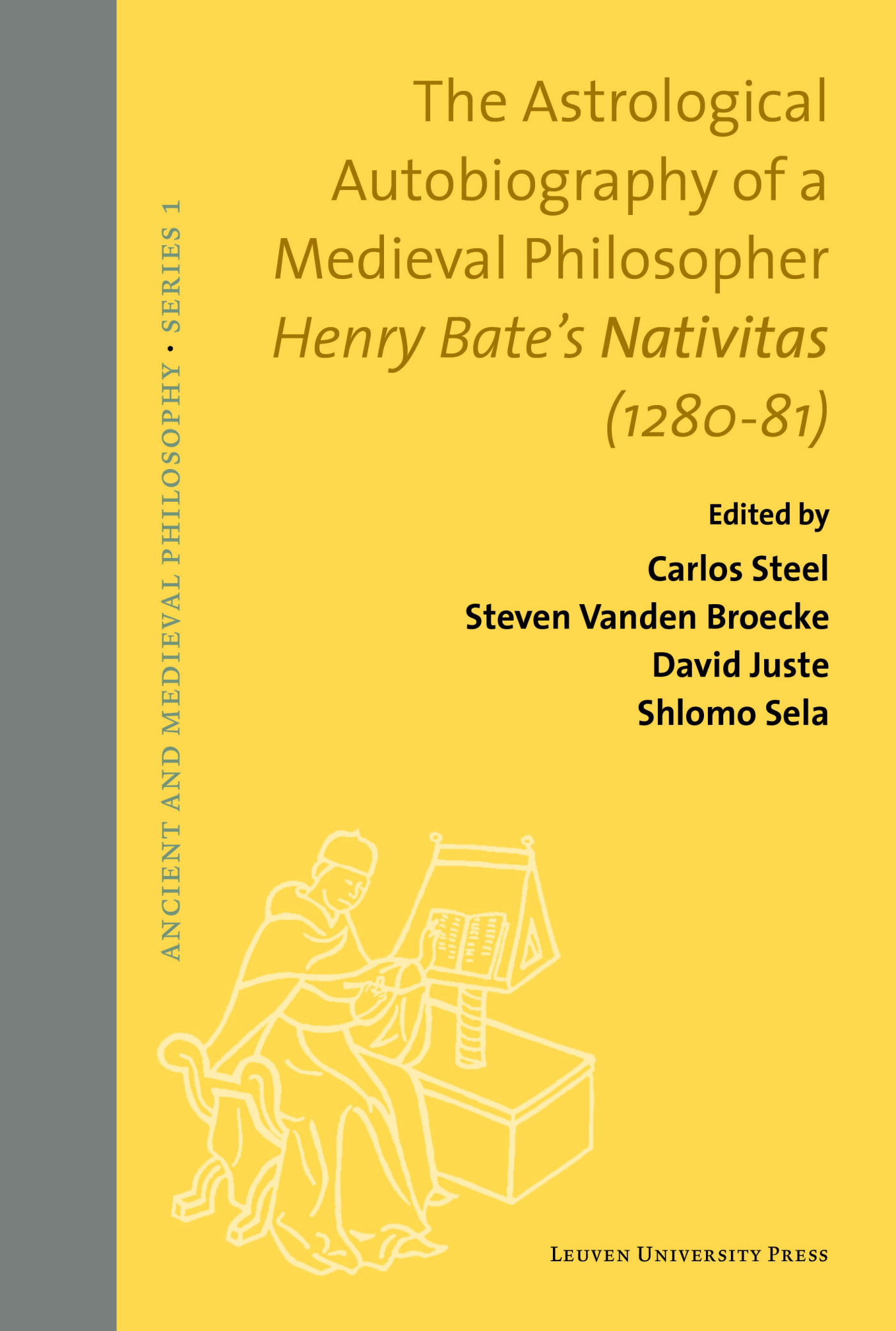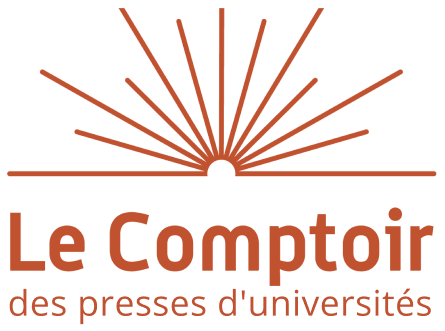Preface
Table of Contents
Abbreviations
Introduction
Chapter 1: Manuscripts and text tradition of the Nativitas
1.1. Manuscripts (David Juste)
1.2. Text tradition (Carlos Steel)
1.2.1. Th e two traditions of the Nativitas
1.2.1.1. Errors in P V (and their copies Par L) against S
1.2.1.2. Errors in S against PV (and their copies)
1.2.1.3. Par a copy from V
1.2.1.4. P and L copies of a common model
1.2.1.5. Another witness of ß: Munich, BSB, Clm 3857
1.2.1.6. Three copies of the introduction of the Nativitas
1.2.2. Two different versions of the revolution of the 35th year
1.2.2.1 Th e a version
1.2.2.2. Th e S version
1.2.2.3. Why are there two versions of the revolutions for the 35th year?
1.2.2.4. Is S a direct copy of Bate's autograph?
1.2.3. Title
1.2.4. Conclusion: a short text history
1.2.5. Stemma codicum
1.3. Editorial principles (Carlos Steel)
Chapter 2: A portrait of Henry Bate (Carlos Steel and Steven Vanden Broecke)
2.1. Introduction
2.2. Bate's biography
2.2.1. Family background
2.2.2. Studies in Paris
2.2.3. Return to the Low Countries: courtly connections, astrology, and an ecclesiastical career
2.2.4. After the Nativitas
2.3. Bate's self-portrait
Chapter 3: Bate's astrological and astronomical works (David Juste)
3.1. Original works
3.1.1. Magistralis compositio astrolabii (1274)
3.1.2. [Equatorium planetarum] (date unknown)
3.1.3. Tables of Mechelen — Tabule Machlinienses (fi rst version before 1280)
3.1.4. Nativitas (1280-81)
3.1.5. De diebus creticis periodorumque causis (after 1281, perhaps 1292)
3.1.6. Commentary on Albumasar's De magnis coniunctionibus (lost)
[3.1.7.] †Tractatus in quo ostenduntur defectus tabularum Alfonsi
3.2. Translations
3.2.1. Alkindi, Liber de iudiciis revolutionum annorum mundi (1278)
3.2.2. Abraham Avenezra, De mundo vel seculo I [Sefer ha-?olam I] (1281)
3.2.3. Abraham Avenezra, De luminaribus [Sefer ha-me?orot] (1292)
3.2.4. Abraham Avenezra, Introductorius ad astronomiam [Reshit ?okhmah] (1292)
3.2.5. Abraham Avenezra, Liber rationum I [Sefer ha-?e?amim I] (1292)
3.2.6. Abraham Avenezra, Liber rationum II [Sefer ha-?e?amim II] (1292)
3.2.7. Abraham Avenezra, Liber introductionis ad iudicia astrologie [Mishpe?ei ha-mazzalot] (1292)
[3.2.8] †De fortitudine planetarum
Chapter 4: Bate's Nativitas: the earliest known astrological autobiography (Steven Vanden Broecke)
4.1. Purpose
4.2. 'Autobiography' and astrological meaning-making in the Nativitas
4.2.1. Astrological judgment and self-guidance
4.2.2. Particularity and notions of selfhood
4.2.3. The inhabitable birth chart
4.3. Precedents and reception
4.4. Structure and synopsis of the Nativitas
Chapter 5: Bate's Nativitas in context (David Juste)
5.1. The Nativitas in the history of astrology
5.2. Bate's astrological sources
5.3. Bate and the University of Paris
5.3.1. Introduction
5.3.2. Peter of Limoges
5.3.3. Other scholars and opportunities
5.3.4. William of Saint-Cloud
5.4. Appendix: Bate's astrological sources
Chapter 6: Bate and Abraham Ibn Ezra (Shlomo Sela)
6.1. Introduction
6.2. The Triple Abraham
6.3. Abraham Avenezra
6.4. Abraham Princeps
6.5. Abraham Compilator
Chapter 7: Basic elements of Bate's astrological technique (Steven Vanden Broecke)
7.1. The four astrological charts of the Nativitas
7.2. Rectifying the nativity
7.3. Hyleg, alcochoden, and empirical verifi cation of the rectified nativity
7.4. A template for analysis: the twelve houses
7.5. Bate's procedure of astrological self-analysis: the example of the first house
7.5.1. Complexion and shape of the body
7.5.2. Qualities of the soul
7.5.2.1. Jupiter
7.5.2.2. Mercury
7.5.2.3. Interpreting the decans
7.6. Solar revolutions of the nativity
Index of manuscripts
Bibliography to the introduction
Nativitas Magistri Henrici Baten
Conspectus siglorum
Abbreviationes
Textus
Appendix i. Versio altera in codice Segoviensi 84
Appendix ii. Digressio in Libro Rationum
Index fontium ab editoribus allegatorum
Editiones et manuscripta fontium ab editoribus allegata

